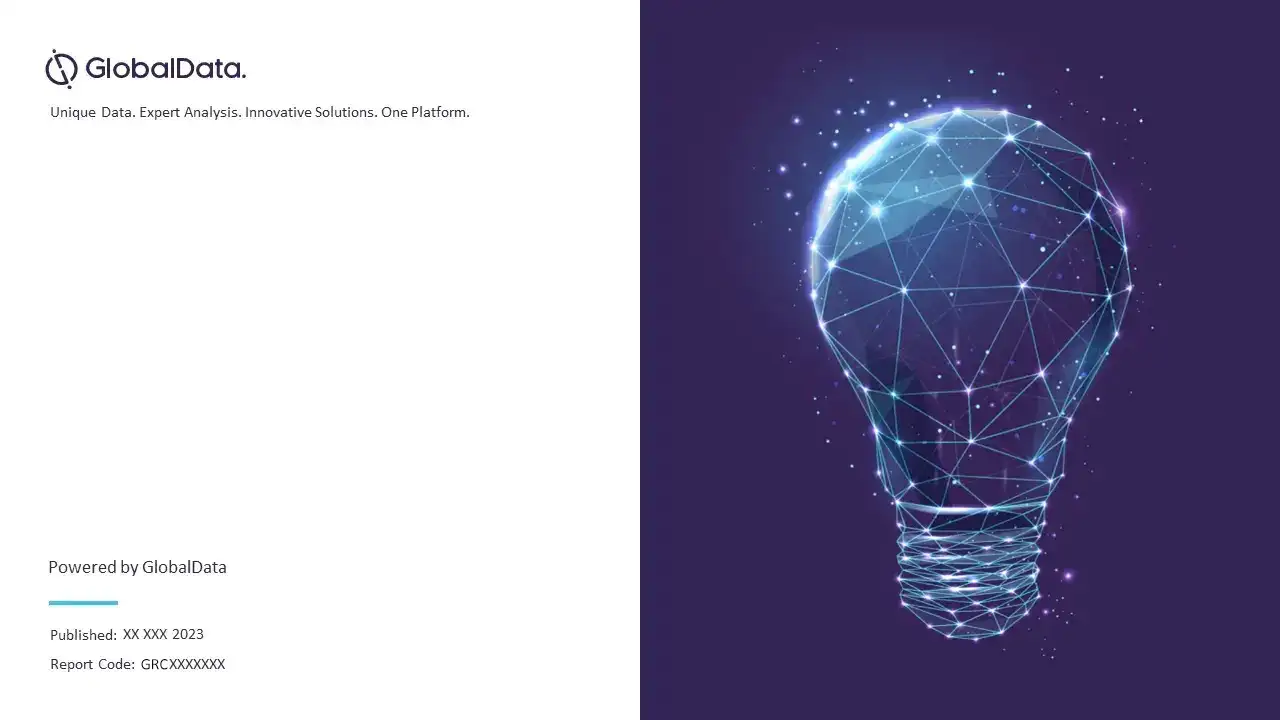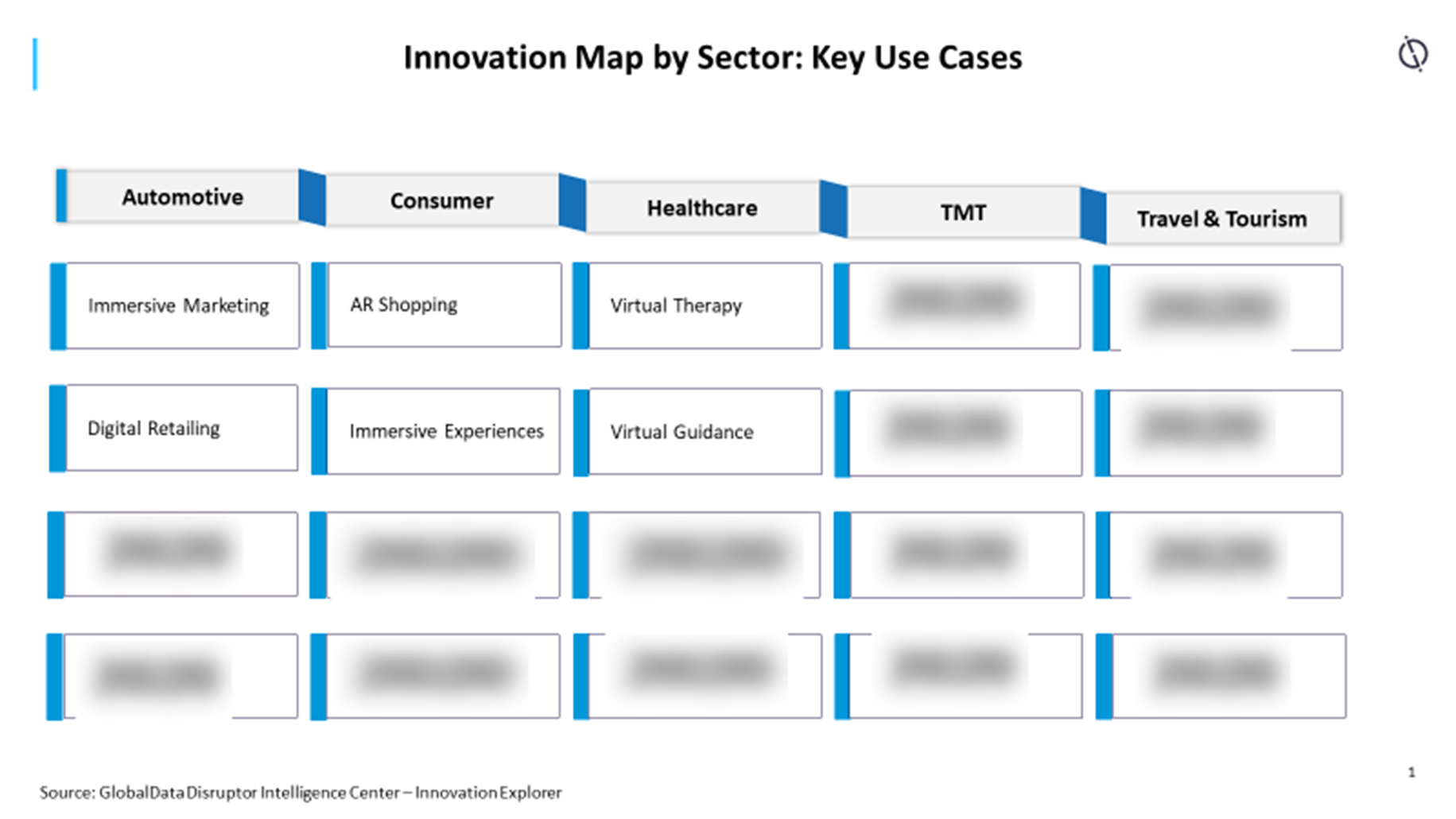CX 2.0 – How Augmented Reality (AR) and Virtual Reality (VR) Technologies Reset Customer Experience
Powered by ![]()
All the vital news, analysis, and commentary curated by our industry experts.
AR VR in Customer Experience Overview
The advent of AR and VR technologies to integrate physical and virtual worlds at different levels is gaining momentum in various sectors to reengineer the customer journey with new types of hybrid experiences. As the world increasingly aims to go digital, particularly after the COVID-19 pandemic demonstrations, AR and VR technologies are anticipated to play a crucial role in accelerating the digital transformation of many sectors with high-impact use cases, primarily to remodel the customer experience.AR and VR technologies are proving to be an asset for travel companies by offering new ways to engage travelers. They provide better location-based, in-flight, or airport experiences besides immersive dining experiences at restaurants.
The five evolving sectors of travel & tourism, automotive, consumer, TMT, and healthcare are covered in this AR and VR technologies research report. The CX 2.0 report highlights how the five major sectors are embracing technologies to foster innovation to mitigate risks, minimize expenses, and improve efficiency.
| Key Automotive Sector Use Cases | · Immersive Marketing
· Digital Retailing · Others |
| Key Consumer Sector Use Cases | · AR Shopping
· Immersive Experience · Others |
| Key Healthcare Sector Use Cases | · Virtual Therapy
· Virtual Guidance · Others |
| Enquire & Decide | · Discover the perfect solution for your business needs. Enquire now and let us help you make an informed decision before making a purchase. |
The Five Major Sectors for AR and VR
As the world increasingly aims to go digital, particularly after the COVID-19 pandemic demonstrations, AR and VR technologies are anticipated to play a crucial role in accelerating the digital transformation of many sectors with high-impact use cases, primarily to remodel the customer experience.
Automotive
The Key use cases of AR and VR in the automotive sector are immersive marketing, digital retailing, and others. For instance, several carmakers have launched online sales platforms since the COVID-19 pandemic to allow buyers to purchase a car without the need to visit a dealership. With AR technology, MG hopes to provide customers with a sophisticated, informative, engaging, and technically advanced product research experience in the comfort of their own homes. It can assist automakers and dealers to engage customers by altering the fundamental nature of interactions.
Consumer
The Key use cases of AR and VR in the consumer sector are AR shopping, immersive experiences, and others. The COVID-19 pandemic has changed the shopping behavior of customers as they have started adopting digital tools and solutions for shopping. Consumer packaged goods (CPG) companies are also on the lookout for advanced technologies and innovations that can offer an immersive shopping experience to consumers.
Consumer players are partnering with tech companies to develop AR shopping tools to help enhance the customer shopping experience.
Healthcare
The key use cases of AR and VR in the healthcare sector are virtual therapy, virtual guidance, and others. For instance, British mental health startup Oxford VR has launched a social engagement digital therapeutic solution called ‘OVR social engagement’ that uses VR to tackle various mental diseases and disorders. The solution can help users tackle social anxiety, stress, depression, panic disorder, personality disorder, and schizophrenia. The startup aims to transform the way people experience therapy.
Buy the Full Report For More Insights on the Key Use Cases Of Technology in the Five Major Sectors, Download A Free Report Sample
Scope
- Innovation Insights: innovation examples by each use case segment of various sectors to present key trends.
- Vendor Map: represents a sample list of vendors in each use case highlighted in the report.
Key Highlights
Innovations: presents real-world innovation use cases and examples related to the implementation of AR and VR technologies by companies across sectors. It casts light on how tech-enabled innovations are developing use cases that can help enterprises and startups provide superior customer experience.
Reasons to Buy
- No surprise that technology has been a driving force in business transformation for years, but the term ‘emerging technologies’ has all of the sudden become the key catalyst to drive the next wave of innovation across sectors. The sense of urgency weighs differently across different sectors, where the direct customer-facing sectors are at the forefront compared to other capital-intensive sectors. Companies in one sector can take cues from successful innovations in other sectors to either draw analogies with existing products, services, and processes or transfer strategic approaches for a revolutionary transformation.
- Against this backdrop, enterprises need to understand which emerging technologies are impacting their sector and how companies are implementing them to meet various challenges.
- The innovation landscape report on AR and VR technologies published by GlobalData covers some of the key trends, use cases, and real-world examples related to the implementation of emerging technologies across cross-sector applications to enhance customer experience
AKQA
Andpeople
Applied Science and Technology Research Institute
ASTRI
Augmedics
AugRay
Burberry
CITIC Telecom
Dinner Time Story
Fossil
FRA
Frankfurt Airport
Holoride
IGA
Inflight VR
Interplay
Istanbul Grand Airport
Jin Air
KT Corp
Lexus
MAC
Medacta
Medivis
MG Motor India
Microsoft
Mojo
MWM Interactive
Neuro Rehab VR
Nike
Nissan
Nreal
Onyx
Oxford VR
P.E Nation
Panasonic
peAR Technologies
Perfect Corp
Philips
PlayShifu
PortalOne
Qatar Airways
Qatar Automobiles
SK Telecom
SkullMapping
Spectralics
Tangiblee
Threekit
TRIPP
US Army
Verizon
Virtual Online Museum of Art
VOMA
Vuzix
Winerytale
Table of Contents
Frequently asked questions
-
What are the key sectors for AR and VR technology?
The five major sectors covered in this report are travel & tourism, automotive, consumer, TMT, and healthcare.
-
What are the key use cases of AR and VR technology in the automotive sector?
The Key use cases of AR and VR in the automotive sector are immersive marketing, digital retailing, and others.
-
What are the key use cases of AR and VR technology in the consumer sector?
The key use cases of AR and VR in the consumer sector are AR shopping, immersive experiences, and others.
-
What are the key use cases of AR and VR technology in the healthcare sector?
The Key use cases of AR and VR in the healthcare sector are virtual therapy, virtual guidance, and others.
Get in touch to find out about multi-purchase discounts
reportstore@globaldata.com
Tel +44 20 7947 2745
Every customer’s requirement is unique. With over 220,000 construction projects tracked, we can create a tailored dataset for you based on the types of projects you are looking for. Please get in touch with your specific requirements and we can send you a quote.











